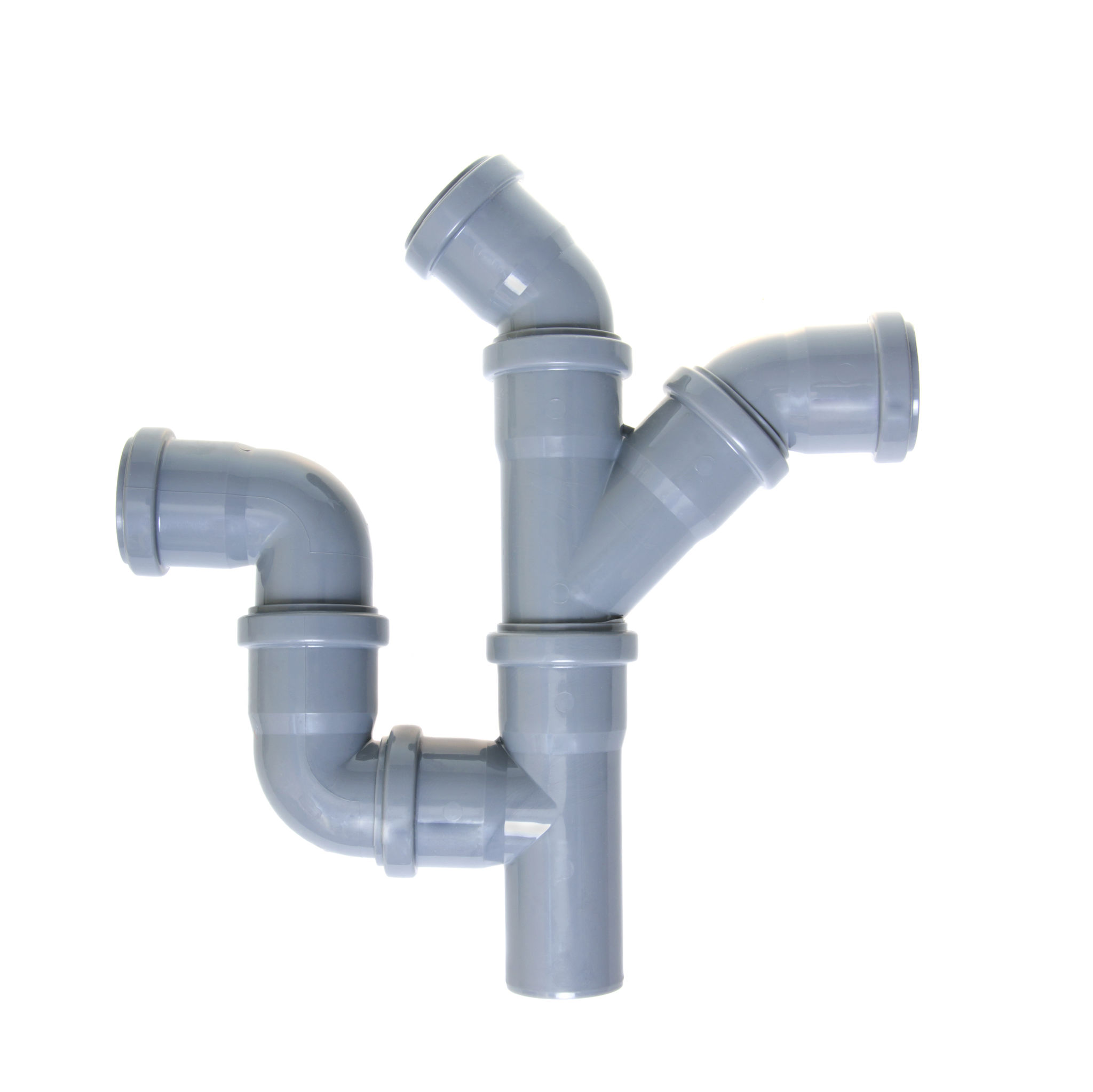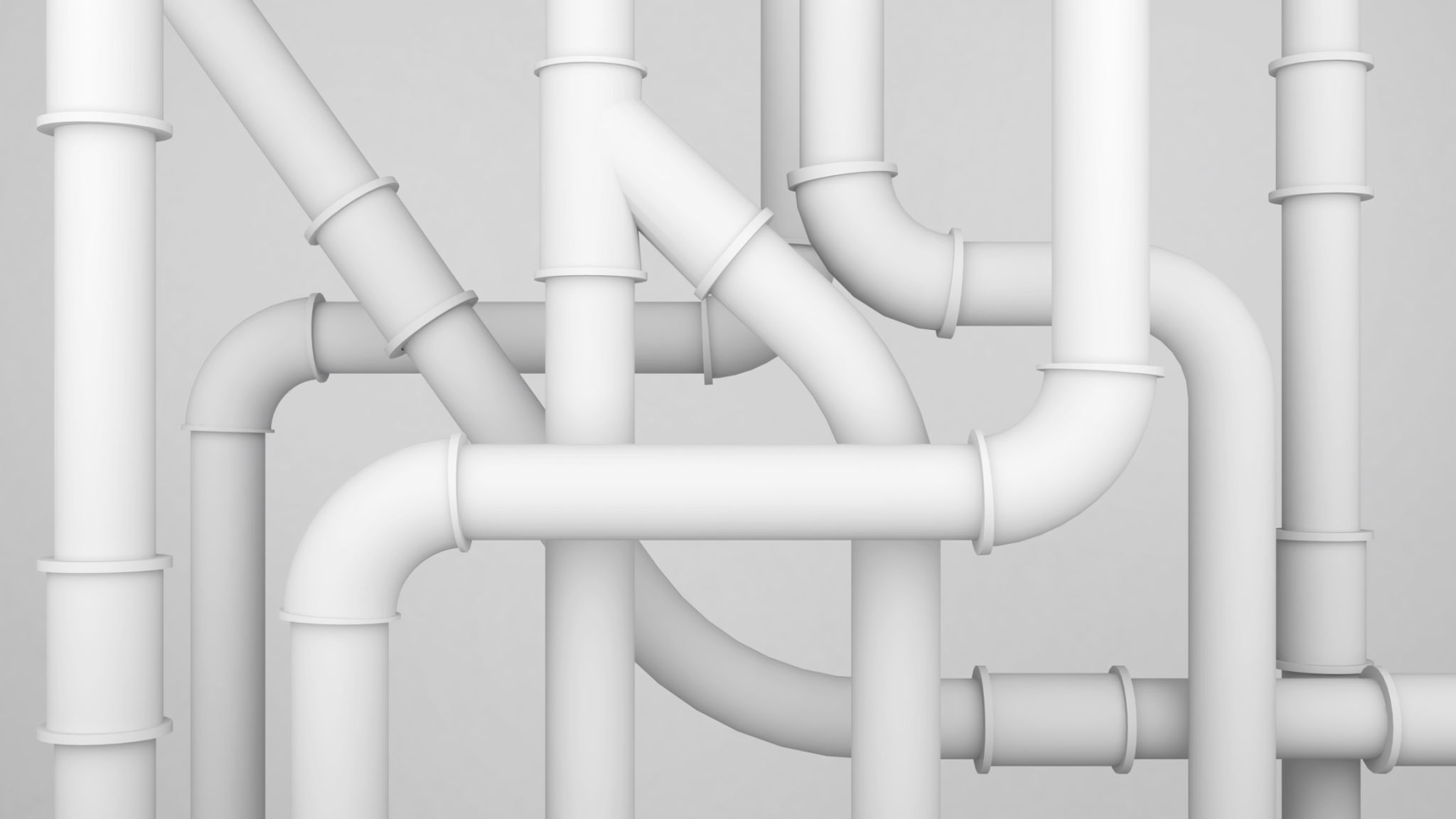Your Guide to Understanding Plastic Pipe Specifications and Standards
Introduction to Plastic Pipe Specifications
Understanding plastic pipe specifications and standards is crucial for ensuring the proper application and longevity of plumbing, construction, and industrial systems. These guidelines help in selecting the right type of plastic pipe for specific needs and environments. Whether you're a contractor, engineer, or DIY enthusiast, having a clear grasp of these standards can save time, money, and effort.

Types of Plastic Pipes
Plastic pipes come in various types, each with unique characteristics. The most common types include PVC (Polyvinyl Chloride), CPVC (Chlorinated Polyvinyl Chloride), PEX (Cross-linked Polyethylene), and HDPE (High-Density Polyethylene). Each type has specific applications based on its durability, flexibility, and resistance to temperature and chemicals.
For instance, PVC pipes are widely used for cold water systems due to their cost-effectiveness and ease of installation, while CPVC is often used for hot water applications. PEX is known for its flexibility and is frequently used in underfloor heating systems. HDPE is highly resistant to corrosion and is ideal for industrial applications.
Understanding Pipe Sizing
Pipe sizing is a critical aspect that often confuses many. The sizing of plastic pipes is usually specified in terms of its nominal pipe size (NPS) or outside diameter (OD). It's essential to note that the NPS does not directly correlate to the pipe's actual dimensions but serves as a standard sizing reference.

Industry Standards and Certifications
Plastic pipes must adhere to specific industry standards to ensure safety and performance. In the United States, the American Society for Testing and Materials (ASTM) provides guidelines for different types of plastic pipes. Similarly, international standards like ISO (International Organization for Standardization) are used globally to ensure consistency in quality.
It's crucial to look for certifications like NSF (National Sanitation Foundation) or UL (Underwriters Laboratories) when selecting plastic pipes. These certifications indicate that the pipes have passed rigorous testing for health effects and safety.
Applications and Uses
The applications of plastic pipes are vast, ranging from residential plumbing to large-scale industrial systems. In residential settings, plastic pipes are commonly used for sewage drainage, potable water supply, and irrigation systems. In industrial contexts, they're used in chemical processing, oil and gas distribution, and wastewater treatment due to their chemical resistance and durability.

Environmental Considerations
As environmental concerns grow, the sustainability of materials has become a significant consideration. Plastic pipes offer several environmental benefits such as low energy consumption during production and recyclability. However, it's important to consider the entire lifecycle of the product to ensure minimal environmental impact.
Recycling programs for plastic pipes are becoming increasingly common, allowing for the material to be reused in producing new pipes or other products. This not only reduces waste but also conserves resources.
Conclusion
Understanding the specifications and standards of plastic pipes is essential for selecting the right type for your project. With knowledge of the different types, sizing, industry standards, applications, and environmental considerations, you can make informed decisions that ensure efficiency and safety in your projects.
By staying informed about the latest developments in plastic pipe technology and standards, you can contribute positively to both your projects and the environment.